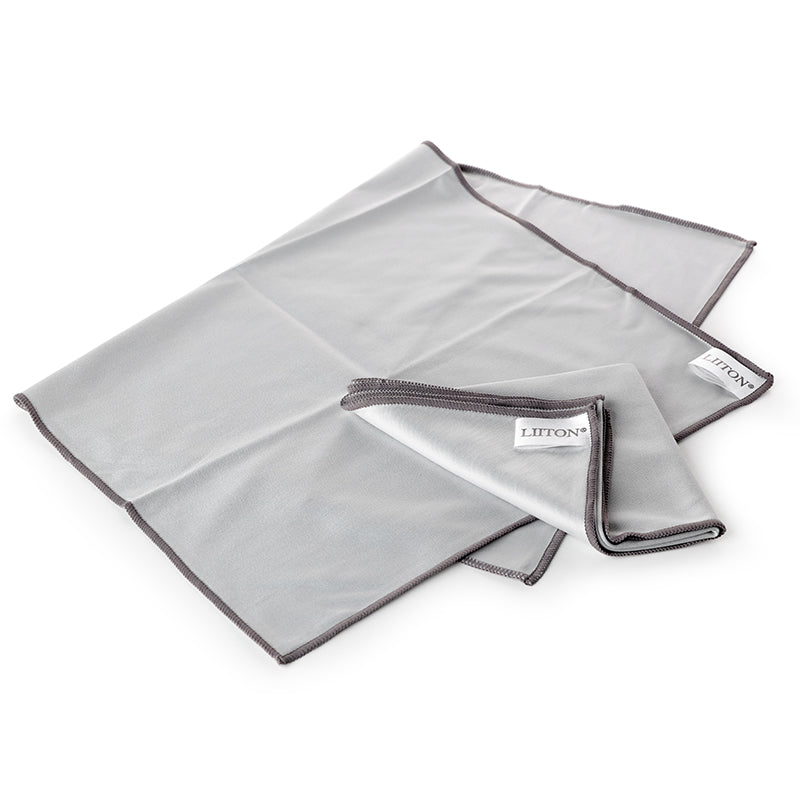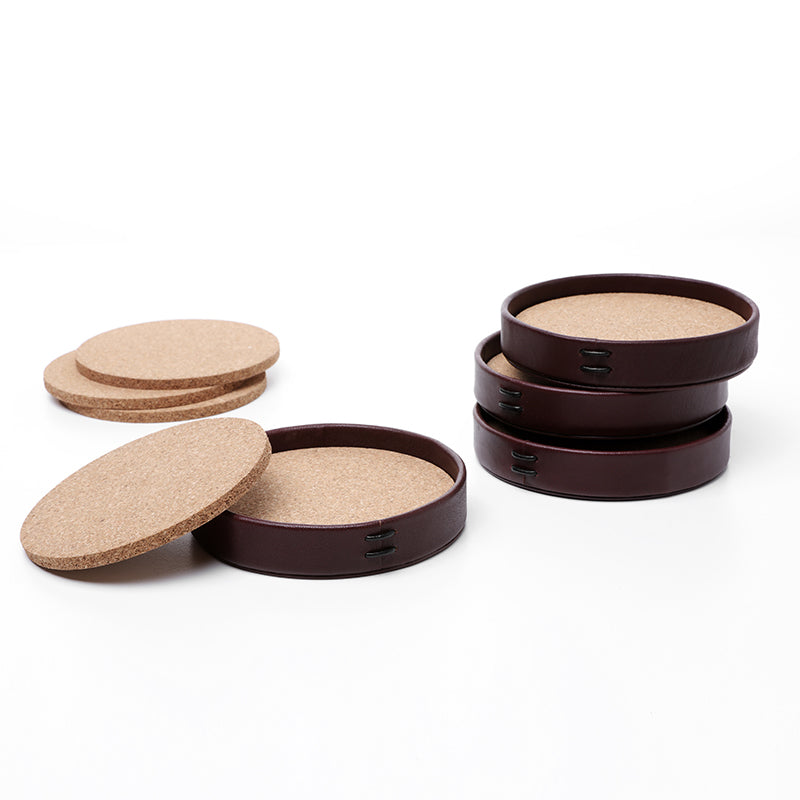Exploring Various Whiskey Glass Styles: A Comprehensive Guide
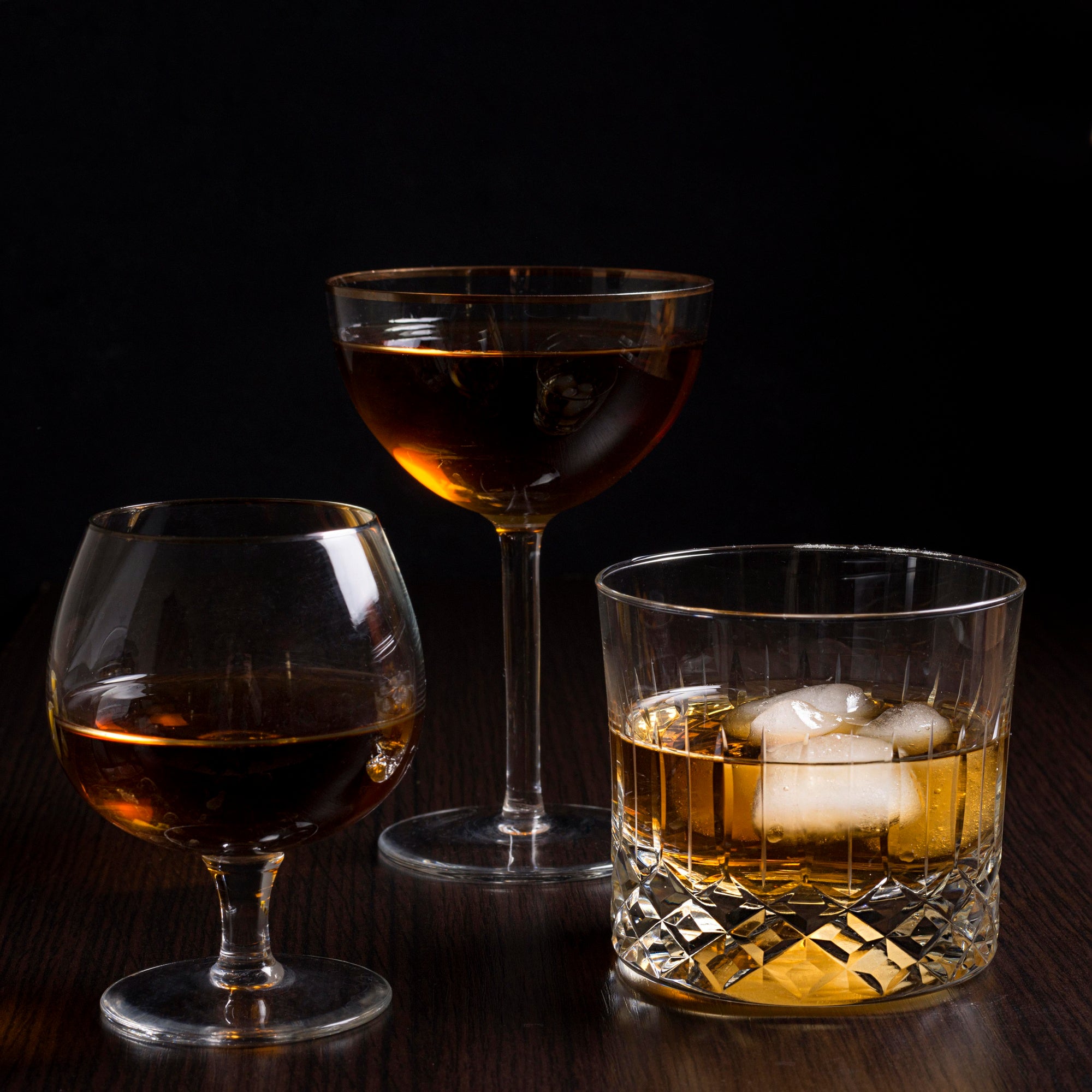
In this intriguing journey through the world of whiskey, we will delve into the myriad of whiskey glass styles that exist, each designed to enhance the drinking experience in its own unique way. Whiskey, a timeless spirit cherished by connoisseurs worldwide, is not just about the liquid inside the bottle but also the vessel from which it is sipped.
Table Of Contents:
- Mountain Whiskey Glass
- Tulip Glass
- The Neat Glass
- Tumbler
- Highball Glasses
- Rocks Glass
- The Snifter suscipit
- The Norlan Glass
- What are the uses of a whiskey glass?
- What about swirling the whiskey? What does that do?
- Why do whiskey glasses have thick bottoms?
- Are whiskey and bourbon glasses the same?
- Will my whiskey taste different depending on the glass used?
- What is the best material for whiskey glasses?
- Conclusion
Mountain Whiskey Glass
The Mountain Glass, also known as the Norlan Glass, is a unique and innovative design that combines the benefits of a whiskey tumbler and a snifter. Its striking appearance features a double-walled construction, providing insulation to maintain the whiskey's temperature while preventing condensation on the outer surface. The shape of the glass allows the whiskey's aromas to concentrate, offering an immersive olfactory experience and enhancing the overall tasting sensation.
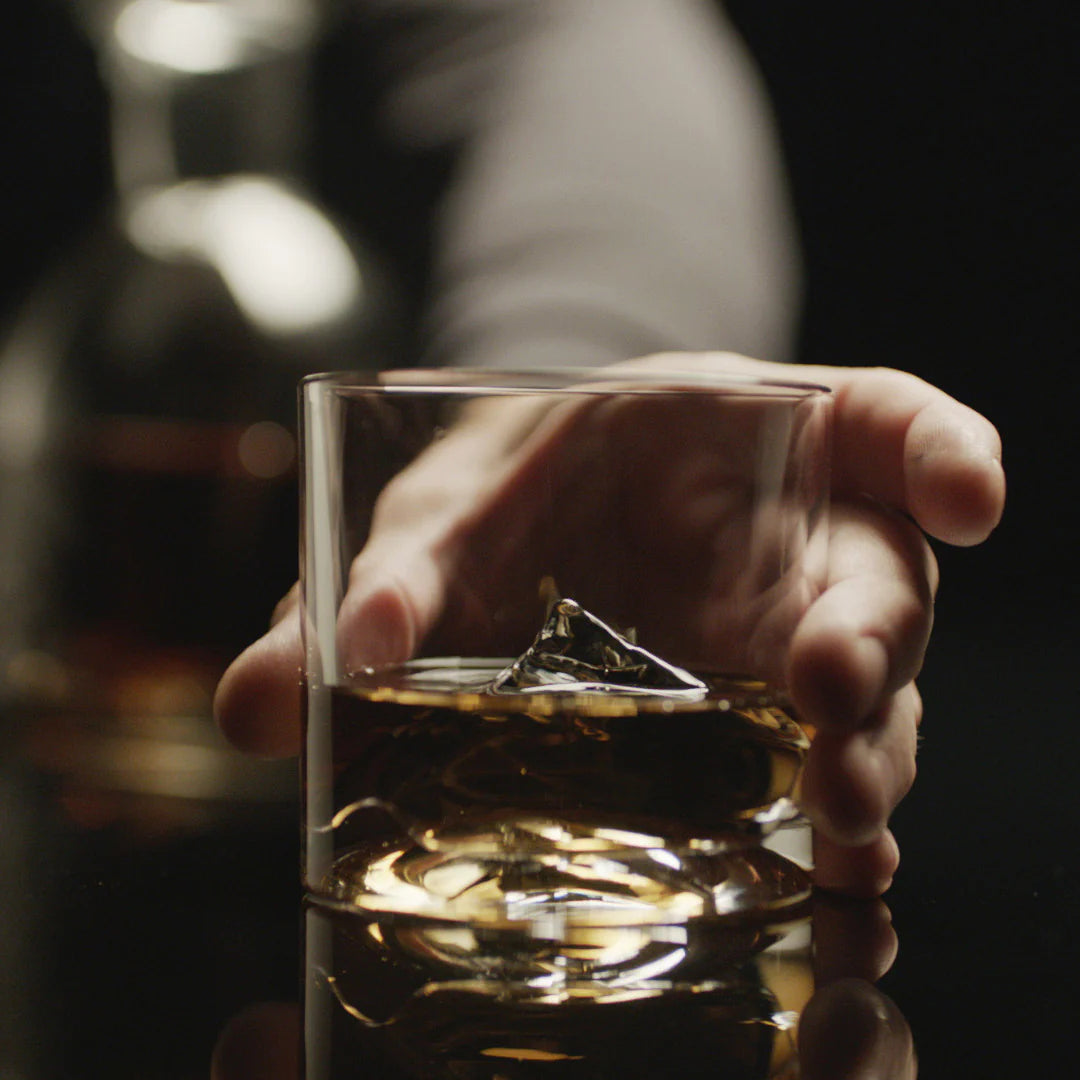
Tulip Glass
The Tulip Glass, resembling a tulip flower, is a popular choice for whiskey enthusiasts. Its distinctive shape, with a flared lip and a narrow neck, effectively captures and directs the whiskey's aromas towards the nose. The broad bowl allows for swirling, encouraging aeration and unveiling a symphony of scents, making it a perfect glass for savoring the complexities of fine whiskeys.
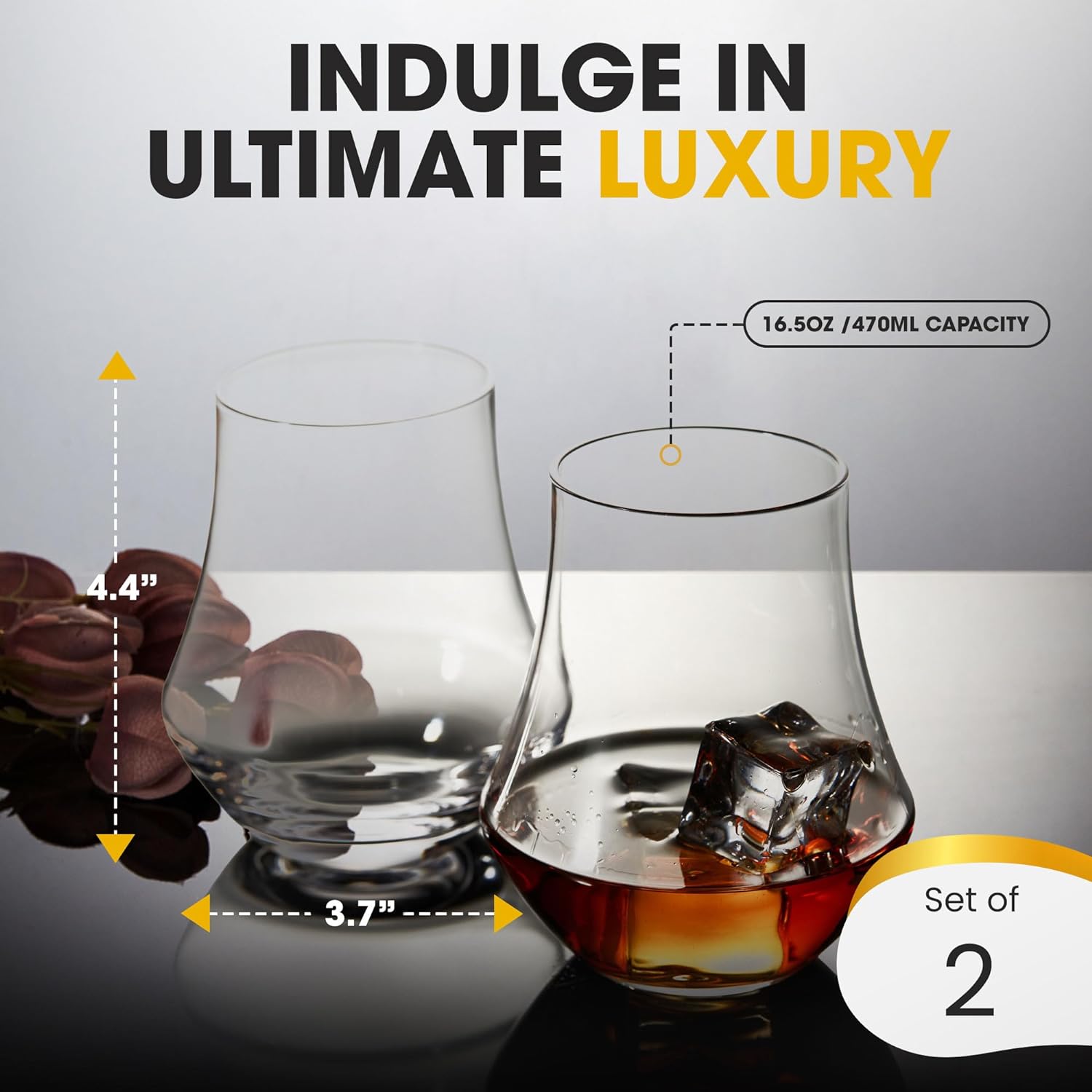
The Neat Glass
As the name suggests, the Neat Glass is designed for enjoying whiskey neat, without any dilution. Its elegant tulip shape concentrates the whiskey's aromas while the tapered mouth captures and delivers the essence to the senses. With a solid and comfortable base, this glass ensures a pleasurable and undiluted tasting experience, ideal for appreciating the nuances of premium spirits.
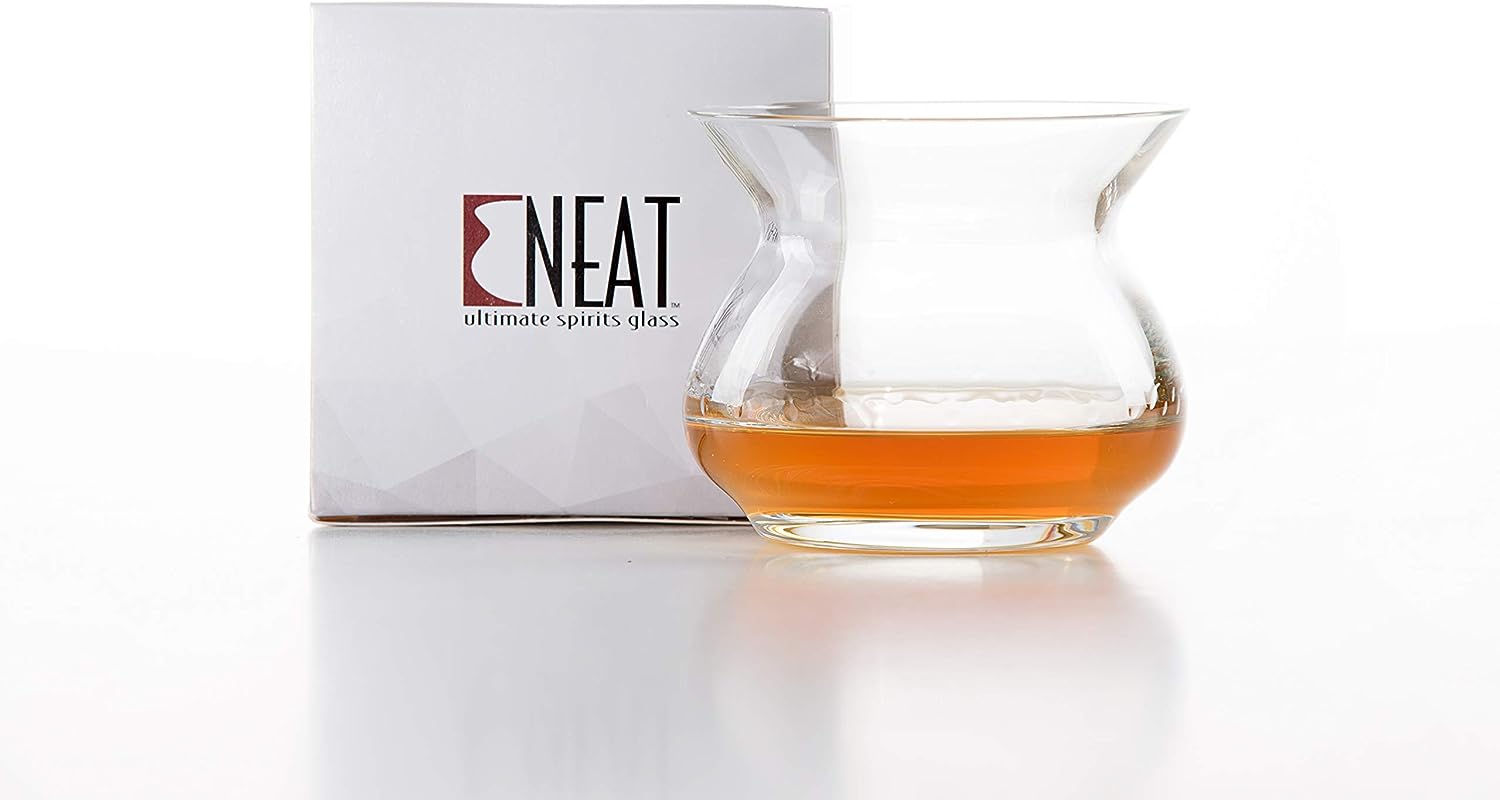
Tumbler
The classic Tumbler, also known as a rocks glass, is a sturdy and versatile choice for whiskey on the rocks or in cocktails. Its simplicity and wide mouth make it suitable for casual drinking, allowing the ice to cool down the whiskey without masking its flavors. While not as specialized as other glasses, the Tumbler is a timeless and practical option for everyday whiskey enjoyment.
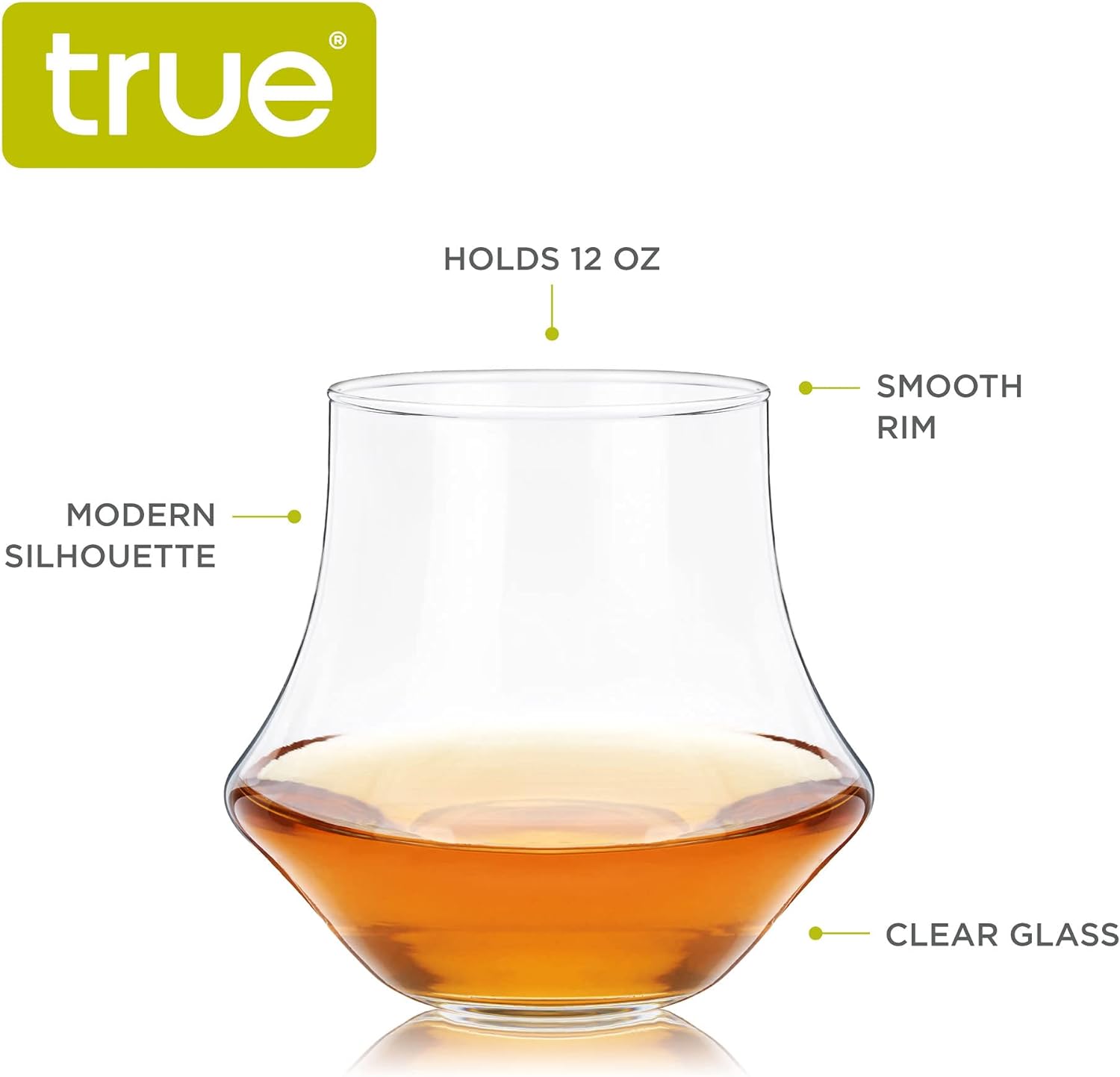
Highball Glasses
The Highball glass is tall and narrow, often used for whiskey-based mixed drinks like the classic Highball cocktail. With its capacity to hold ice and a generous mixer, this glass accentuates the whiskey's flavors while delivering a refreshing and effervescent drinking experience.
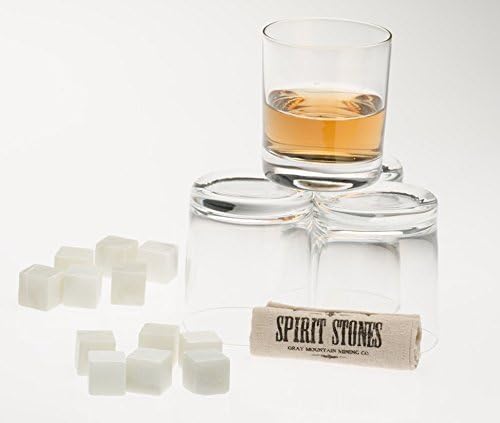
Rocks Glass
Similar to the Tumbler, the Rocks Glass is a short and robust option perfect for serving whiskey over ice. Its thick bottom adds stability and a touch of elegance to the design, making it a favorite choice for casual gatherings and enjoying whiskey in a relaxed setting.

The Snifter suscipit
The Snifter, widely used for brandy and cognac, is also a preferred glass for fine whiskeys. Its unique shape, with a wide bowl and narrow mouth, facilitates the concentration of aromas, allowing you to appreciate the spirit's bouquet in all its depth. Perfect for contemplative sipping, the Snifter is a must-have for those seeking an immersive and aromatic whiskey-tasting experience.
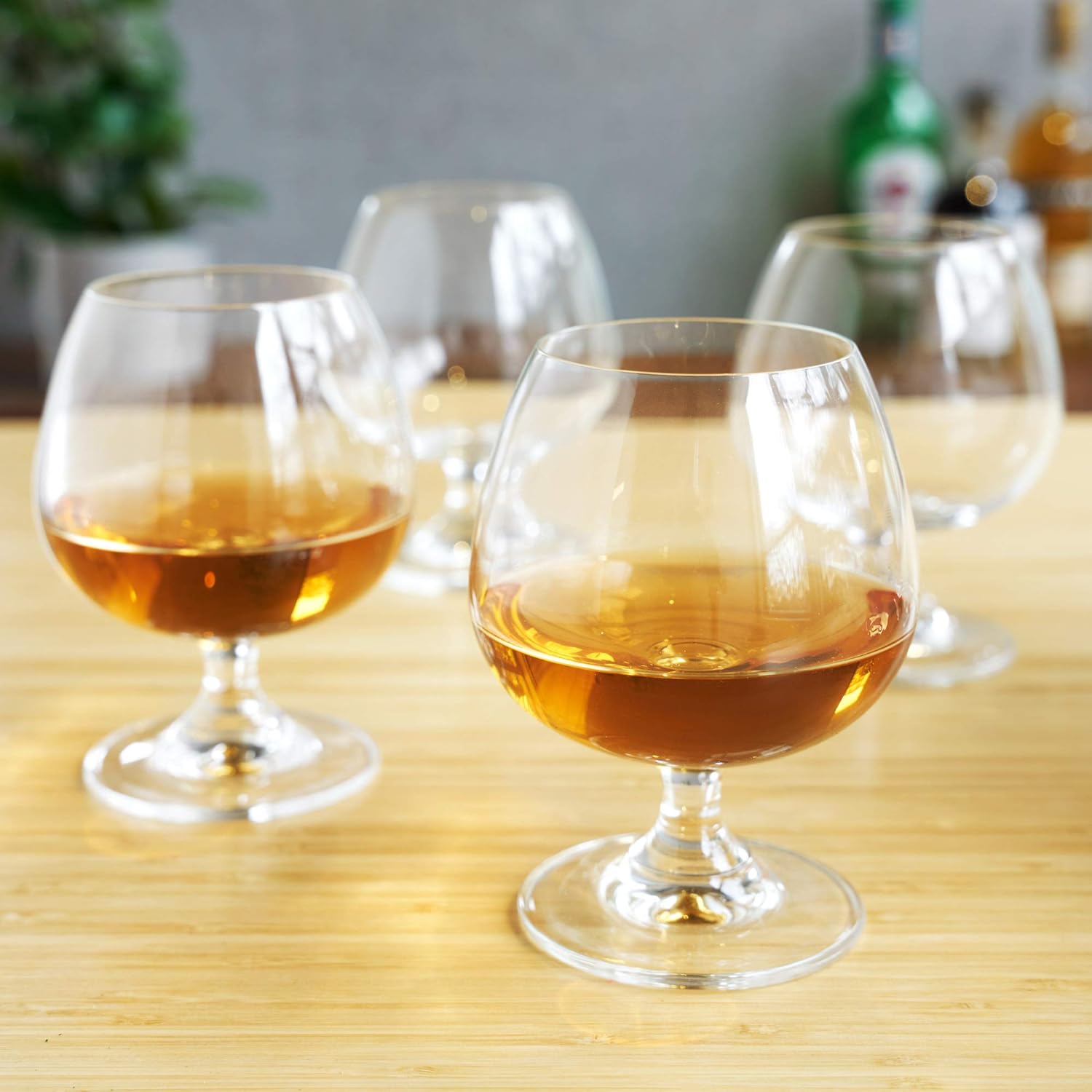
The Norlan Glass
As mentioned earlier, the Norlan Glass, also known as the Mountain Glass, is an innovative whiskey glass designed with modern aesthetics and functionality in mind. Its double-walled construction and unique shape make it a compelling choice for whiskey enthusiasts who desire an exceptional tasting experience.

Each of these whiskey glass styles offers distinct features that cater to different preferences and occasions. Whether you seek to explore the complex aromas of a single malt or enjoy a refreshing whiskey cocktail, the right glass can elevate your appreciation of this beloved spirit to new heights. Cheers to discovering the diverse world of whiskey through a variety of splendid glassware!
What are the uses of a whiskey glass?
Whiskey glasses serve several essential purposes in enhancing the overall whiskey-drinking experience. Each style of glass has unique features that cater to different aspects of enjoying whiskey:
Aromatics Enhancement: Whiskey glasses are designed to concentrate the aromas of the spirit, allowing you to appreciate its bouquet fully. The shape of the glass directs the vapors toward the nose, intensifying the scent and revealing a wide range of aromatics.
Flavor Perception: The right glass can also affect how the whiskey's flavors unfold on the palate. By directing the liquid to specific areas of the tongue, certain glasses can accentuate sweetness, spiciness, or other taste sensations.
Temperature Control: Whiskey glasses are typically made of materials that help maintain the drink's temperature. They can keep it cool without dilution, preserving the integrity of the spirit, or gently warming it to enhance certain flavors.
Visual Enjoyment: The appearance of whiskey in a glass is part of the experience. The color and viscosity of the liquid can give you clues about its age, cask type, and quality.
Ergonomic Design: Comfortable to hold, whiskey glasses are crafted to fit snugly in your hand, providing a pleasurable and balanced drinking experience.
Connoisseurship: Different types of whiskey glasses are often associated with various styles of whiskey, and using the appropriate glass can signal a connoisseur's understanding and appreciation of the spirit.
What about swirling the whiskey? What does that do?
Swirling whiskey in the glass is a common practice among whiskey enthusiasts and experts, and it serves a crucial purpose in enhancing the tasting experience. When you swirl the whiskey gently in the glass, it promotes aeration and oxidation, which can significantly impact the aromas and flavors of the spirit.
- Aeration: Swirling introduces air into the whiskey, causing it to mix with the volatile compounds present in the liquid. This interaction leads to a release of aromatic molecules, allowing you to perceive a broader range of scents.
- Evolving Aromas: As the whiskey is agitated and exposed to air, its aromas become more pronounced and develop over time. This process is particularly beneficial for complex and aged whiskeys, where subtle notes might initially be concealed.
- Marrying Flavors: In some cases, swirling the whiskey can help "marry" or blend different flavors within the spirit. This can occur when you have added water or ice to the whiskey, and swirling helps these components mix, resulting in a more harmonious taste.
- Temperature Regulation: Swirling the whiskey can also affect its temperature slightly. The heat from your hand and the motion of swirling can warm up the spirit, potentially revealing new flavors and aromas.
However, it's essential to swirl the whiskey gently and avoid excessive agitation, as this can lead to over-aeration and diminish the whiskey's characteristics. Additionally, if you prefer to taste your whiskey neat (without any water or ice), swirling becomes even more critical as it aids in unlocking the full bouquet of the spirit.
Why do whiskey glasses have thick bottoms?
Whiskey glasses often have thick bottoms for both practical and aesthetic reasons. The thick base provides stability, preventing the glass from easily tipping over, especially when it contains a significant amount of whiskey. This stability is particularly important for heavier and wider glasses, such as tumblers, which are commonly used for whiskey on the rocks or in cocktails. Additionally, the thicker bottom adds a touch of elegance and sophistication to the glass's design, enhancing its overall appearance and giving it a substantial, premium feel when held in hand. The combination of functionality and aesthetics makes whiskey glasses with thick bottoms a popular choice among whiskey enthusiasts, elevating the enjoyment of this cherished spirit.
Are whiskey and bourbon glasses the same?
Whiskey and bourbon glasses are not the same, though they do share some similarities. Both are designed to enhance the drinking experience of their respective spirits, but there are specific features that distinguish them. Whiskey glasses, in general, have a broader category and can encompass various styles like the Glencairn, snifter, and tumbler. On the other hand, bourbon glasses, also known as bourbon tumblers or rocks glasses, are a subset of whiskey glasses. They typically have a sturdy and straightforward design with a thick bottom, ideal for serving bourbon neat, on the rocks, or in classic cocktails like Old Fashioned. While there may be some overlap in their usage, the slight differences in shape and design cater to the unique characteristics of each spirit, making the choice of glassware an important factor in appreciating the distinct flavors and aromas of whiskey and bourbon.
Will my whiskey taste different depending on the glass used?
Yes, the choice of glass can significantly impact how your whiskey tastes and smells. Different types of whiskey glasses are designed to enhance specific aspects of the drinking experience, such as aroma concentration, flavor perception, and temperature control. It's essential to choose the appropriate glassware based on the type of whiskey you're drinking and the experience you seek. While it's not strictly necessary to have a different glass for every type of whiskey, using the right glass can undoubtedly enhance your enjoyment and appreciation of the drink's unique characteristics. So, the next time you're savoring a fine whiskey, try tasting it in different glasses to experience the subtle differences and discover your preferred way to enjoy this delightful spirit.
What is the best material for whiskey glasses?
The best material for whiskey glasses is generally glass. Glass is an excellent choice for several reasons:
- Transparent: Glass allows you to see the whiskey's color and clarity, which is an essential part of the tasting experience.
- Non-Reactive: Glass is non-reactive and will not affect the taste or aroma of the whiskey, ensuring that you experience the spirit in its purest form.
- Aesthetics: Glass has a classic and elegant look, enhancing the overall presentation of the whiskey.
- Versatility: Glass can be shaped into various designs, catering to different types of whiskey and personal preferences.
While glass is the preferred material, other materials like crystal or lead-free crystal are also popular choices for whiskey glasses. Crystal has a higher refractive index, making the glassware appear more brilliant and luxurious. Lead-free crystal is a safer alternative to traditional lead crystal, as lead can potentially leach into the whiskey.
Ultimately, the best material for whiskey glasses depends on personal preference and budget. As long as the material is non-reactive and allows you to appreciate the whiskey's color and aromas, you can enjoy a delightful whiskey-tasting experience.
Conclusion
In conclusion, exploring the world of whiskey glasses is an essential journey for any enthusiast or connoisseur. The right glassware can significantly impact your whiskey-drinking experience, enhancing the aromas, flavors, and overall enjoyment of this cherished spirit. From the classic designs of glass and crystal to specialized shapes like the Glencairn and snifter, each style has its unique attributes to offer. Whether you prefer a neat pour of single malt or a bourbon cocktail on the rocks, selecting the appropriate whiskey glass can elevate your appreciation of the nuances and complexities that make whiskey a timeless and beloved libation. So, as you embark on your whiskey-tasting adventures, remember that the right glass can be a gateway to uncovering new dimensions and savoring the rich heritage of this exceptional spirit. Cheers to the joys of discovering whiskey through the lens of its perfect glass!
